What is a Mole?
A mole is a growth on the skin that can appear anywhere on the body. They are usually brown or black and can be flat or raised. Moles are formed when skin cells grow in clusters instead of spreading out evenly across the skin.
Causes of Moles
There are various causes of moles including genetics, sun exposure, and hormonal changes during pregnancy or adolescence. People with fair skin tend to have more moles than those with darker skin tones because their skin produces less melanin which protects against harmful UV rays.
Excessive exposure to sunlight is also a major cause of moles since it damages DNA cells in the skin which then produce abnormal growths leading to mole formation. Hormonal changes during puberty and pregnancy increase melanocyte activity resulting in an increased number of moles.
Symptoms of Moles
Moles are a common occurrence and usually harmless, but it is important to understand the symptoms that can indicate a more serious issue.
One of the key symptoms to look out for is changes in the size, shape, or color of an existing mole. If a mole becomes larger than 6mm in diameter, develops irregular edges, or changes colors, you should seek medical attention immediately.
Other potential symptoms include itching, bleeding, or oozing from the mole. These could be signs of melanoma –a type of skin cancer- which requires immediate evaluation by a dermatologist.
While most moles do not pose any health risks and are simply cosmetic blemishes, understanding their symptoms -and seeking professional advice if they undergo any significant changes- is crucial for early detection and treatment of potentially dangerous conditions such as melanoma.
Treatment for Moles
Treatment for moles can vary depending on the type of mole, its size, and location. In most cases, a dermatologist will recommend removing the mole if it poses a risk of developing into skin cancer or is causing discomfort.
The most common method for removing moles is through surgical excision. This involves numbing the area around the mole with local anesthesia and cutting out the entire growth along with a small portion of surrounding tissue. Stitches may be required to close the wound.
Another option is laser removal, which uses high-intensity light beams to break down pigment cells in the mole. This method is generally recommended for smaller moles that are not likely to become cancerous.
Prevention of Moles
Preventing the development of moles is a crucial step in maintaining healthy skin. While some individuals may be predisposed to developing moles due to genetics, there are certain lifestyle habits that can help prevent their formation.
One important factor in mole prevention is protecting your skin from excessive sun exposure. Wearing protective clothing and using sunscreen with a high SPF can significantly reduce your risk of developing new moles or having existing ones become cancerous.
Another way to prevent the development of moles is by avoiding tanning beds or other sources of artificial UV radiation. These types of exposure have been linked to an increased risk for melanoma, a potentially deadly form of skin cancer that often begins as a mole.
With our offerings in line with government-mandated prices, Maxlab offers full body checkup packages that cover an exhaustive list of tests for a comprehensive diagnosis of your health. Choose from a range of health test packages based on your needs.
Conclusion
Moles are common skin growth that can appear anywhere on the body. While most moles are harmless, it is essential to keep an eye on any changes in their size, shape, or color. If you notice anything unusual about your mole's appearance or experience symptoms such as itching or bleeding, it is vital to consult with a dermatologist.
Remember that prevention is key when it comes to moles and other skin conditions. Always use sunscreen and protective clothing when spending time outside and avoid tanning beds. By taking care of your skin and monitoring any changes carefully, you can help ensure early detection of potential issues like skin cancer.













 7982100200
7982100200



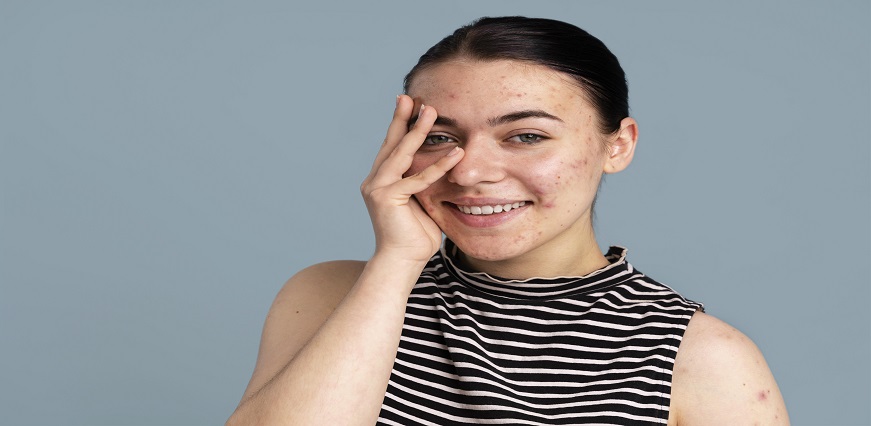

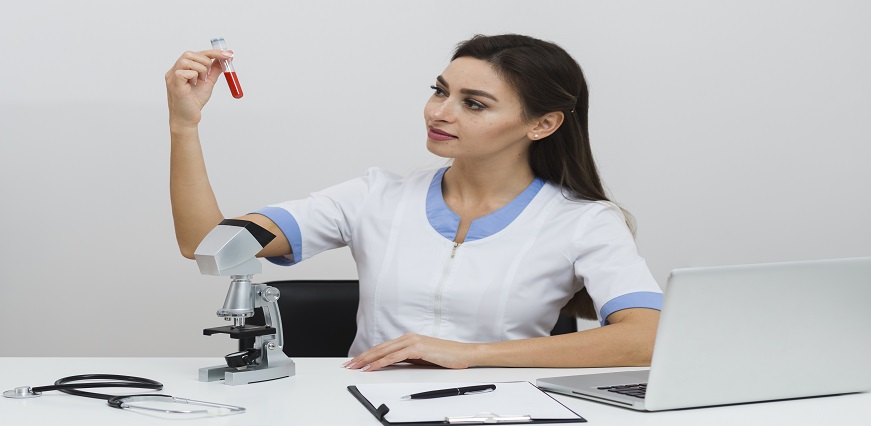



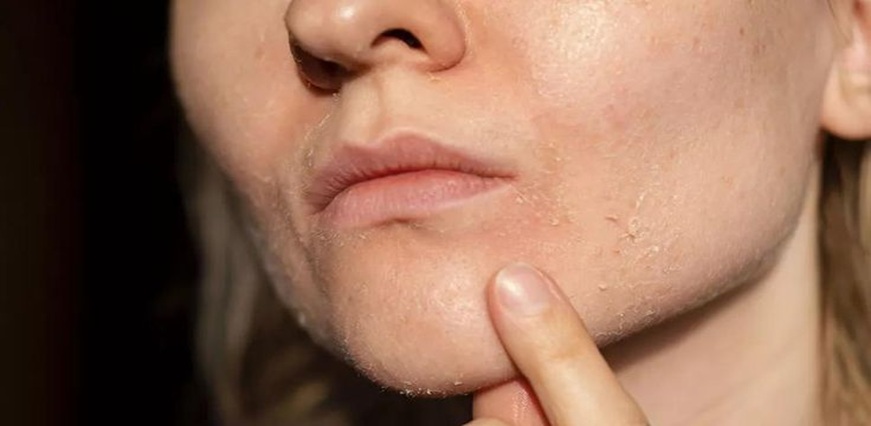
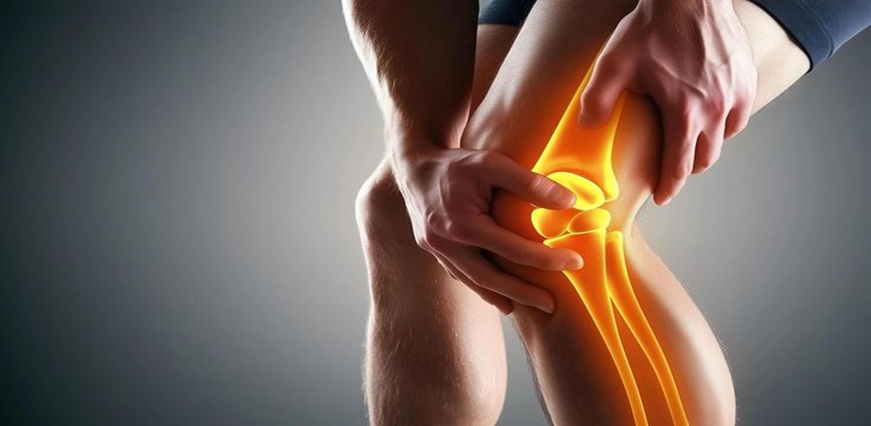
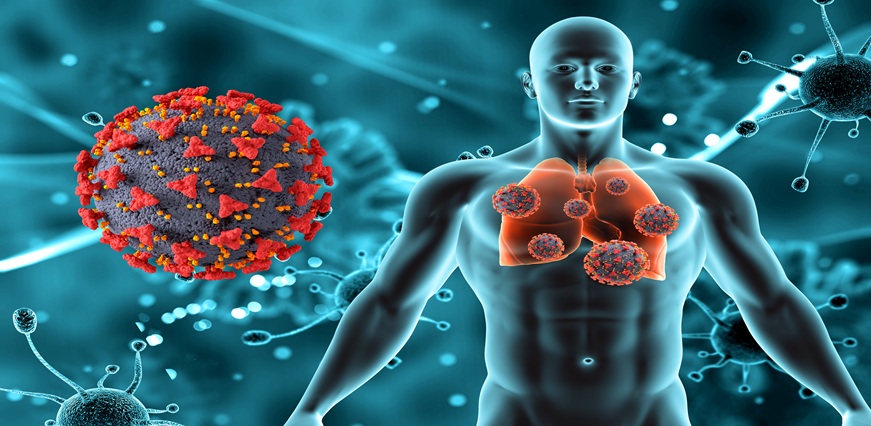
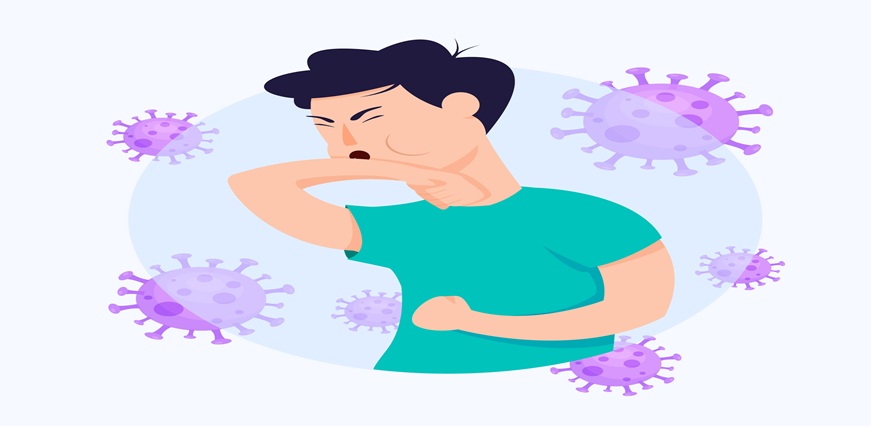












 To reach our help desk call 9213188888
To reach our help desk call 9213188888.png)
Comments